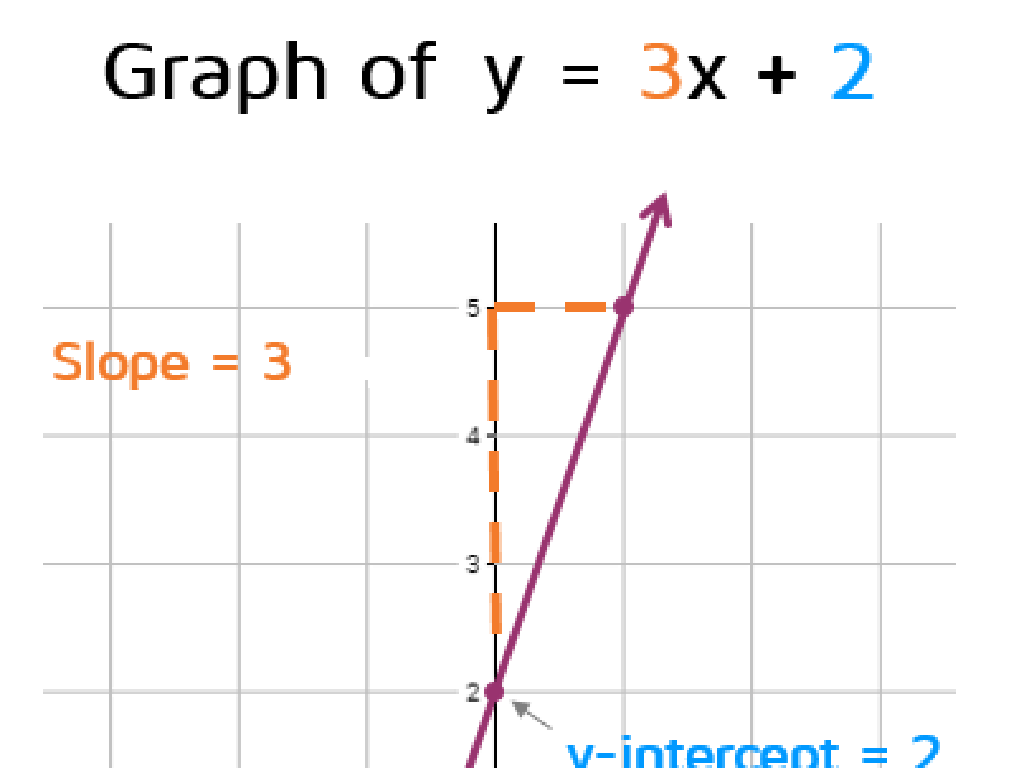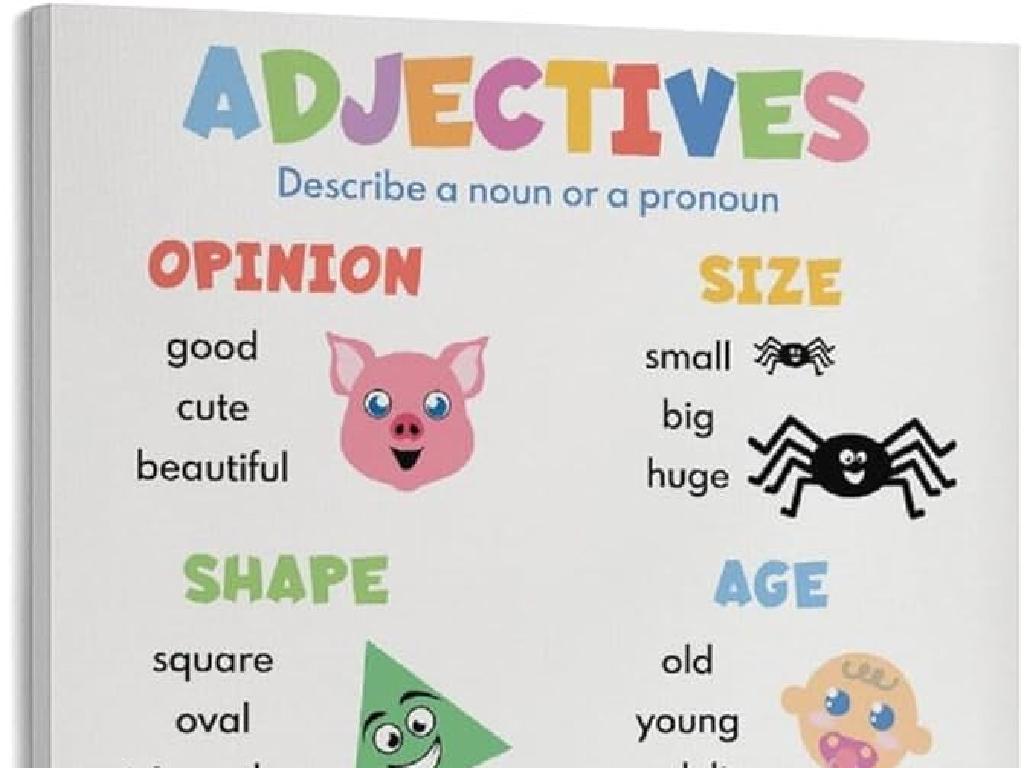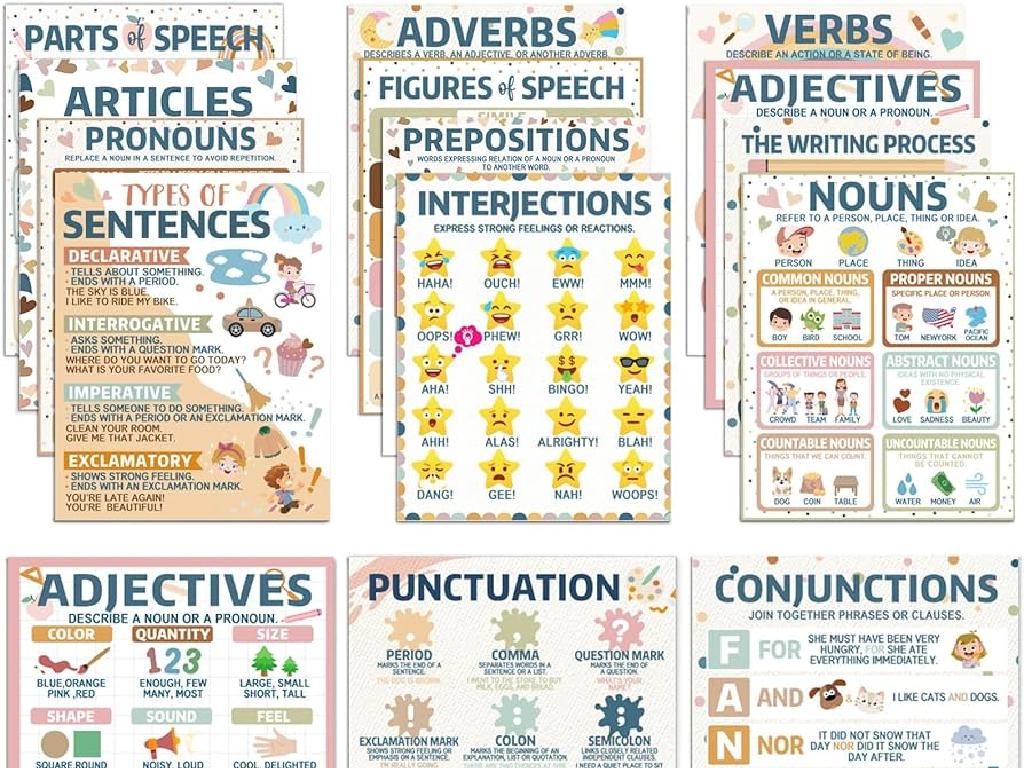The Roman Republic: Part Ii
Subject: Social studies
Grade: Sixth grade
Topic: Rome And The Byzantine Empire
Please LOG IN to download the presentation. Access is available to registered users only.
View More Content
Exploring The Roman Republic: Part II
– Recap of The Roman Republic: Part I
– Review key concepts from Part I
– Introduction to Part II
– Unveil new aspects of Roman governance
– Today’s learning objectives
– Understand political structure, society, and culture
– Engage with Roman history
|
Begin the class by summarizing the previous lesson on The Roman Republic: Part I to refresh students’ memories and ensure a solid foundation. Introduce Part II by setting the stage for deeper exploration into the political and social aspects of the Roman Republic. Outline the learning objectives, which should include understanding the structure of the Roman government, the role of different social classes, and the cultural advancements of the period. Encourage students to think critically about how the Republic’s principles have influenced modern governance. Use interactive activities to make the history of the Roman Republic relatable and engaging for the students.
Structure of the Roman Republic
– Overview of Roman government
– Consisted of Consuls, Senate, and Assembly
– Consuls: Roles and responsibilities
– Two Consuls led the army and government
– Senate’s political influence
– Senate advised Consuls, controlled finances
– Assembly: People’s representation
– Assembly voted on laws, elected officials
|
This slide provides a snapshot of the complex political structure of the Roman Republic. Highlight the division of power among the different branches, with a focus on checks and balances. The Consuls were the executive leaders, the Senate functioned as an advisory body with great influence over public policy, and the Assembly represented the voice of the Roman citizens, holding the power to vote on legislation and elect magistrates. Emphasize the Senate’s role in guiding the Republic’s political decisions and the Assembly’s function in maintaining a democratic element within the government. Encourage students to compare this ancient system with modern democratic systems they are familiar with.
Daily Life in the Roman Republic
– Social hierarchy: Patricians vs. Plebeians
– Patricians: wealthy elite; Plebeians: common citizens
– Family roles and education
– Education was valued, often conducted at home by family members
– Economy: Trade in the Republic
– Trade was vital, with goods like olive oil and wine being traded
– Religion’s role in society
– Religion intertwined with daily life, influencing politics and culture
|
This slide aims to give students a glimpse into the everyday life of people during the Roman Republic. Highlight the division between the Patricians, the aristocratic class, and the Plebeians, the common folk. Discuss the importance of family in the Roman society, where education was primarily the responsibility of the family. Emphasize the significance of the economy, driven by trade across the Republic, including the Mediterranean. Lastly, touch upon how religion was not just a belief system but a way of life that affected governance, law, and daily routines. Encourage students to compare and contrast these aspects with their own lives to foster a deeper understanding.
The Roman Military: Pillar of the Republic
– Military’s role in expansion
– The military was crucial for Rome to conquer new lands and protect its borders.
– Hierarchical army structure
– Consisted of different ranks, from common soldiers to generals, each with specific duties.
– Tactics and Legion organization
– Legions were the backbone, with a focus on discipline and strategic formations.
– Notable battles and campaigns
– Examples include the Battle of Zama and Caesar’s Gallic Wars.
|
This slide aims to highlight the significance of the Roman military in the expansion of the Republic. Discuss how the military’s success in conquests and defense was a key factor in Rome’s growth. Explain the structured hierarchy within the army, which allowed for efficient command and control. Dive into the military tactics, emphasizing the organization of the Legion, which was renowned for its discipline and effectiveness. Illustrate with famous battles and campaigns, such as Scipio Africanus’s victory at Zama or Julius Caesar’s conquest of Gaul, to provide context and examples of the military’s prowess. Encourage students to think about how these military aspects contributed to Rome’s power and legacy.
The Punic Wars: Rome’s Fight for Dominance
– Why did the Punic Wars start?
– Competition for control of the Mediterranean sparked the wars.
– Key battles and moments
– The Battle of Cannae and Scipio s victory at Zama were pivotal.
– Hannibal’s tactics
– Hannibal used war elephants and surprise attacks.
– Rome’s transformation post-war
– Rome emerged as a dominant Mediterranean power, expanding its territory.
|
The Punic Wars were a series of three wars fought between Rome and Carthage that lasted over a century. The primary cause was competition for trade and influence in the Mediterranean region. Major events include Hannibal’s daring crossing of the Alps with elephants and his victories in Italy, and the decisive Battle of Zama where Scipio Africanus defeated Hannibal. The consequences for Rome included the annexation of territories, increased military power, and economic growth, setting the stage for the Roman Empire. Students should understand the impact of these wars on the development of Rome and the ancient world.
The Fall of the Roman Republic
– Economic troubles led to unrest
– Wealth gaps and slave labor caused social conflicts
– Julius Caesar’s rise ended the Republic
– Caesar’s power grew with military success, leading to dictatorship
– Republic transitioned to Empire
– After Caesar’s death, Augustus established imperial rule
– Reflect on empires’ rise and fall
– Consider patterns in history of empires’ lifecycles
|
This slide discusses the factors leading to the fall of the Roman Republic and the rise of the Empire. Economic disparities and reliance on slave labor created social strife. Julius Caesar’s ascent to power, bolstered by his military conquests, culminated in his dictatorship and the Republic’s end. Following his assassination, Augustus Caesar founded the Roman Empire, marking a significant shift in Rome’s governance. Encourage students to think critically about the commonalities in the rise and fall of empires throughout history, considering economic, political, and military factors.
Role-Play Activity: Life in the Roman Republic
– Divide into Roman societal groups
– Role-play Roman Republic scenarios
– Imagine being patricians, plebeians, or slaves
– Discuss the impact on the Republic
– How did actions of each group shape Rome?
– Reflect on the historical significance
|
This class activity is designed to immerse students in the social structure of the Roman Republic. By dividing the class into groups such as patricians (nobles), plebeians (commoners), and slaves, students will gain a deeper understanding of the societal dynamics. Each group will role-play a given scenario that reflects the historical context of their social class, such as voting on laws, working in the fields, or discussing rights. After the role-play, lead a discussion on how the decisions and lifestyles of these groups influenced the development and governance of the Republic. Encourage students to think critically about the consequences of actions taken by different social classes. Possible scenarios for role-play could include a Senate debate, a plebeian assembly, or a day in the life of a Roman slave. This activity will help students to better understand the complexities of Roman society and its impact on history.
Reflecting on the Roman Republic
– Recap of the Roman Republic
– Summarize today’s key historical events and figures.
– The Republic’s enduring legacy
– Consider how the Republic’s systems influence us today.
– Diary entry homework task
– Imagine life as a Roman; write a diary entry.
– Reflection on today’s discoveries
|
As we conclude today’s lesson on the Roman Republic, encourage students to summarize the key points, focusing on the structure of the Republic, significant events, and notable figures. Reflect on the legacy of the Roman Republic, discussing its impact on modern governance, law, and culture. For homework, students will write a diary entry from the perspective of a Roman citizen, which will help them empathize with historical figures and understand the era’s daily life. This activity also fosters creative thinking and writing skills. In the next class, we can discuss these diary entries to further engage with the historical context and deepen our understanding of the Roman Republic.






